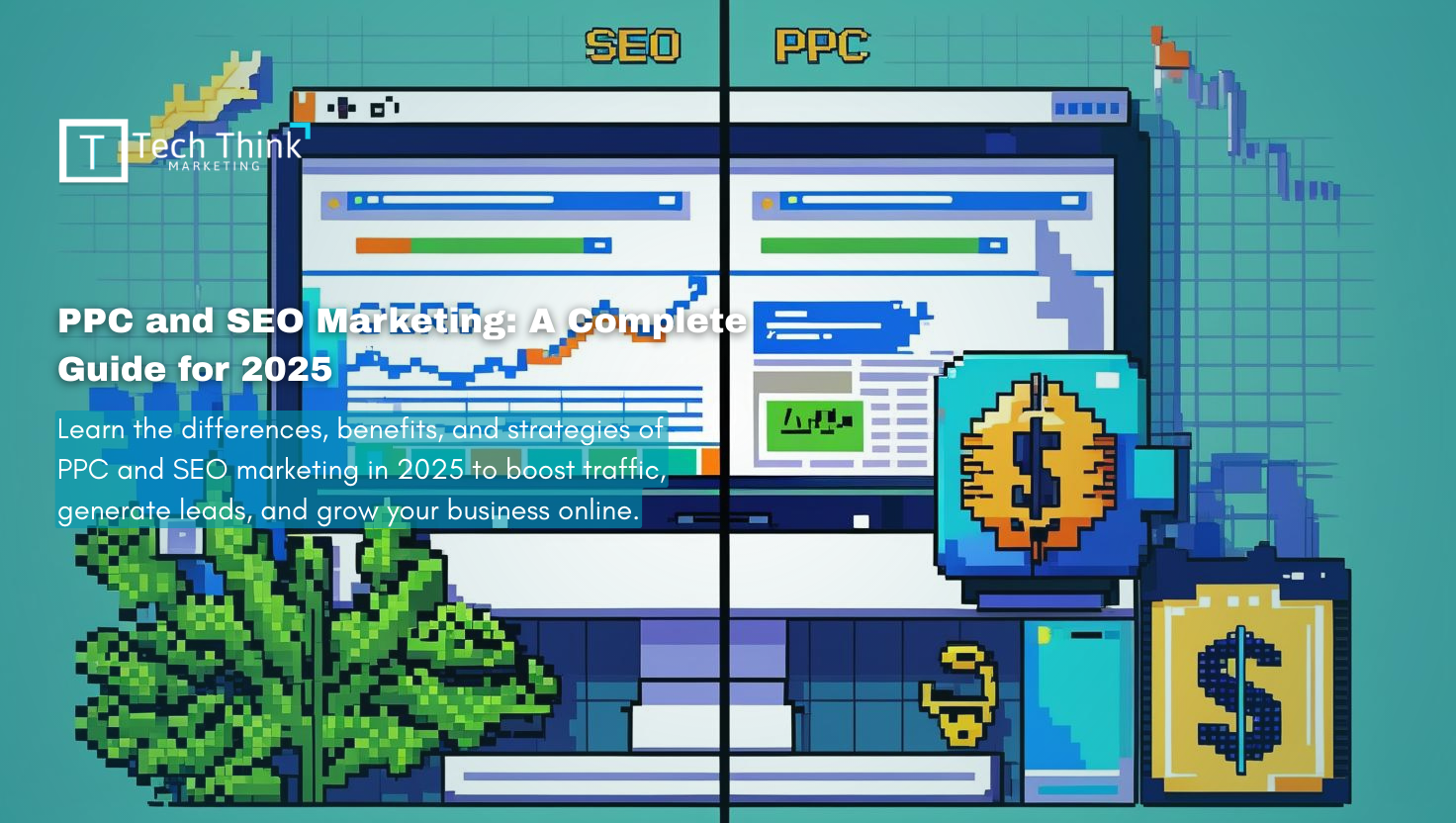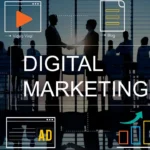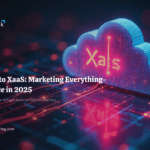Office No. 608, Lunkad Sky Station, Viman Nagar Road, Pune, Maharashtra 411014, India
Phone: +1 213-261-0597
contact@techthinkmarketing.com
PPC and SEO Marketing In today’s digital-first business environment, online visibility is everything. Businesses of all sizes are constantly looking for ways to stand out in a crowded marketplace, and two of the most powerful strategies are SEO (Search Engine Optimization) and PPC (Pay-Per-Click Advertising). Both play a crucial role in driving traffic, generating leads, and boosting revenue. While SEO focuses on organic rankings, PPC relies on paid advertisements. When used together, they form a strong digital marketing strategy that can deliver long-term success.
This blog explores the key differences between PPC and SEO, their benefits, challenges, and how businesses can combine both to achieve maximum impact in 2025.
Table of Contents
ToggleWhat Is SEO Marketing?
PPC and SEO Marketing Search engine optimization (SEO) is a process to improve the visibility of the site in the search results. This involves customizing the website structure, content, and authority to rank high on platforms such as Google, Bing, and Yahoo.
Large components in SEO:
-
- On-Page SEO: Material, Keywords, Title, Meta Details, and URL Optimization.
-
- Off-pioneer SEO: Building feedback, mentioning the brand, and improvingthe domain authority.
-
- Technical SEO: Ensure fast load speed, mobile friendliness, and structured data.
-
- Material Marketing: To create valuable materials that answer users’ search questions.
PPC and SEO Marketing The main advantage of SEO is that it brings long-lasting traffic without paying for each click. However, SEO requires frequent effort and time to show the result.
What Is PPC Marketing?
PPC and SEO Marketing Pay-Per-Click (PPC) is a form of online advertising where a business pays a fee every time a person clicks on the advertisement. These advertisements—search engines, social media platforms, and performance—appear in the network. The most popular PPC platform is Google Advertising, followed by Bing Advertising, Facebook Advertising, and LinkedIn Advertising.
Important features of PPC:
-
- Quick visibility: As soon as the advertising campaign starts, the search results will appear on top of the results.
-
- Targeted advertising: Companies can target specific keywords, demographics, locations, and interests.
-
- Average status results: PPC provides detailed analysis on clicks, conversion, and ROI.
-
- Budget control: Companies can determine the selection of daily or monthly advertising expenses.
Unlike SEO, PPC requires continuous investment. When the ad budget is closed, the visibility ends.
SEO vs PPC: Key Differences
| Factor | SEO | PPC |
|---|---|---|
| Cost | Free clicks, but requires time and effort | Paid per click, requires budget |
| Results | Long-term, gradual growth | Immediate visibility and traffic |
| Trust | Builds credibility with organic ranking | Seen as ads, may be skipped by some users |
| Control | Less control over ranking speed | Full control over targeting and timing |
| ROI | Higher in the long run | High but depends on ad spend |
Both SEO and PPC have their unique advantages. The right choice depends on your business goals, budget, and timelines.
Benefits of SEO Marketing
PPC and SEO Marketing Cost-calculated long-term strategy
When your site is ranked, you continue to get traffic without ongoing advertising expenses.
Creates branding authority
The ranking of Google’s first page creates trust and reliability among users.
Growth
SEO provides composite benefits. The more adapted to your site, the stronger it is.
High return
Compared to the paid ads, SEO provides long-term results at low costs.
Challenges of SEO and PPC
SEO Challenges
-
- Takes months to show results.
-
- Requires constant updates due to algorithm changes.
-
- Competitive industries may need significant effort.
PPC Challenges
-
- High costs for competitive keywords.
-
- Campaigns stop working when the budget ends.
-
- Requires expertise to avoid wasted ad spend.
Why Businesses Should Combine SEO and PPC
PPC and SEO Marketing While SEO and PPC can work independently, combining them offers the best of both worlds.
Benefits of an Integrated Strategy:
-
- Increased Visibility: Appearing in both organic and paid search results doubles brand exposure.
-
- Data Sharing: PPC campaigns provide keyword data that can improve SEO strategies.
-
- Better Click-Through Rates (CTR): Users see your brand multiple times, increasing trust.
-
- Faster Conversions: SEO builds long-term traffic while PPC captures immediate leads.
PPC and SEO Marketing For example, a business launching a new product can use PPC for instant exposure while simultaneously building SEO content for sustainable future growth.
Best Practices for PPC and SEO in 2025
-
- Focus on User Experience: Both SEO rankings and ad quality scores depend on a smooth website experience.
-
- Use AI Tools: Leverage AI-powered analytics for keyword research, ad optimization, and SEO audits.
-
- Invest in Content: Quality content benefits SEO and enhances PPC landing page performance.
-
- Optimize for Voice Search: With the rise of smart speakers, voice-based queries are becoming crucial.
-
- Measure ROI: Regularly track results from both PPC and SEO to allocate budgets effectively.
Conclusion
PPC and SEO Marketing In 2025, digital marketing success depends on smart integration of SEO and PPC. SEO ensures long-term visibility and credibility, while PPC drives immediate traffic and conversions. Businesses that combine both strategies can enjoy sustainable growth, better brand authority, and higher ROI.
PPC and SEO Marketing Whether you are a startup aiming for quick results or an established company looking to strengthen your digital presence, balancing SEO and PPC is the key to thriving in today’s competitive online market.





